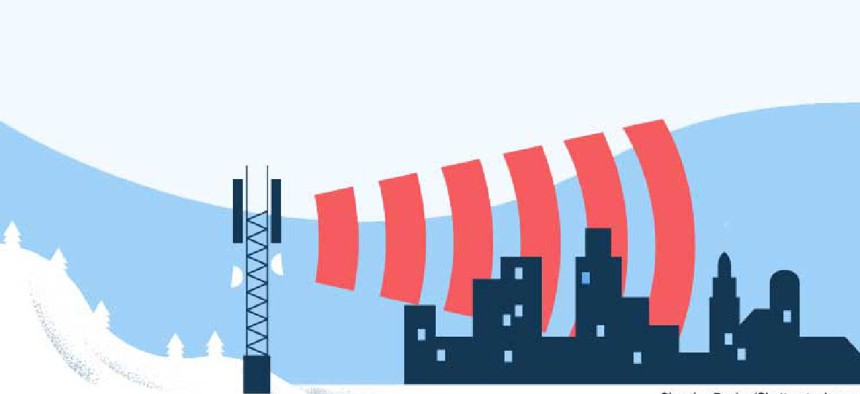Cellphone data detects places at risk of COVID spread


Connecting state and local government leaders
Researchers at Colorado State University are leveraging data from wireless cellular networks to pinpoint locations at risk of spreading COVID-19.
Researchers at Colorado State University are leveraging data from wireless cellular networks to pinpoint locations at risk of spreading COVID-19.
Edwin Chong, a CSU professor of electrical and computer engineering, and his team developed a method that identifies areas where people -- and their cellphones -- are congregating and increasing the risk pre-symptomatic or asymptomatic carriers of the virus come in contact with healthy people.
The researchers tapped into handover and cell (re)selection activity, known as HO/CS rates, to calculate population density and mobility. They monitored anonymous data transmitted by phone-carrying pedestrians as they crossed cell boundaries – from microcells (typically towers with a 2 km range) to picocells with a 200 meters range and on to femtocells that can transmit approximately 10 meters – to maintain connectivity as they walk. The method works because urban areas tend to rely on small cell transmitters, which makes tracking the handovers possible. When the density and mobility of phones increases, so does the risk of spreading diseases. Because the method uses real-time data, at-risk areas can be quickly identified
As a leading researcher in cellular wireless networks who has expertise in risk management, Chong said that the “findings could help risk managers with planning and mitigation.” To help contain the spread of contagion, the data “might prompt them to cordon off a busy plaza, for example, or implement stricter social distancing measures to slow the spread of the virus,” he said in a release.
The approach could also help estimate the percentage of people staying home to determine whether communities are following recommended public health policies, university officials said.
Unlike contact tracing applications that require widespread adoption or location data provided by marketing companies that tap into games, shopping and utility apps installed on phones, Chong’s approach needs no participation from device users but still protects their privacy and anonymity.
“All we have to do is perform the measurements using anonymous data that is already being collected for other reasons. We are not tracking individuals,” Chong said.




